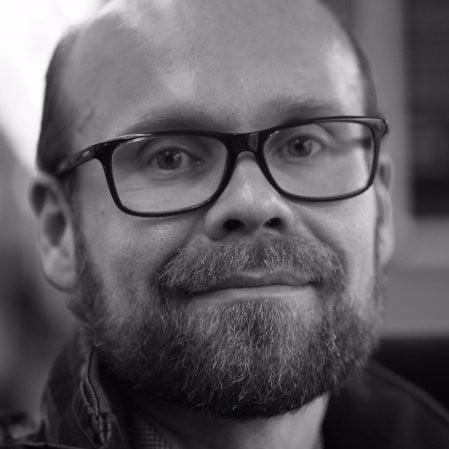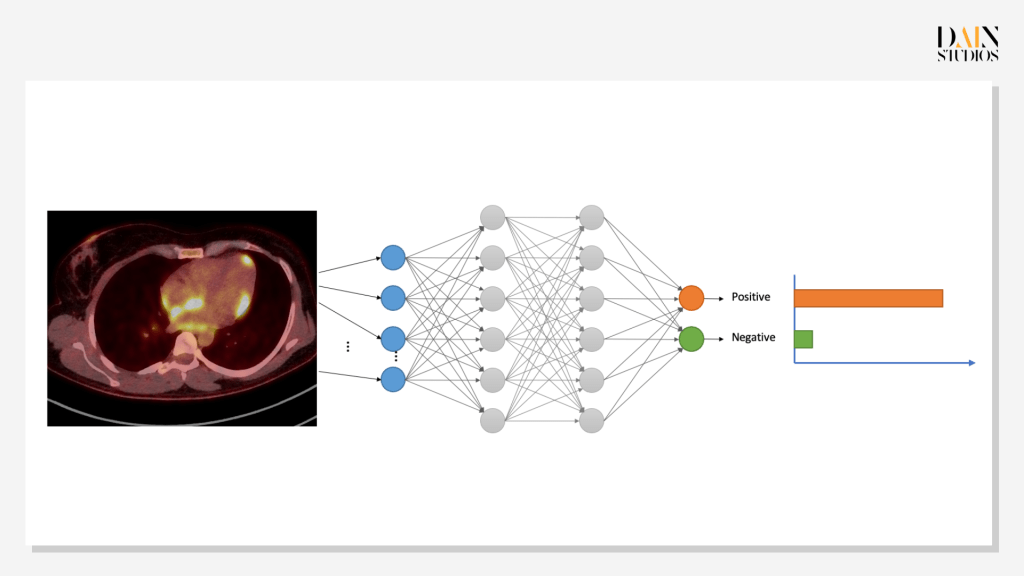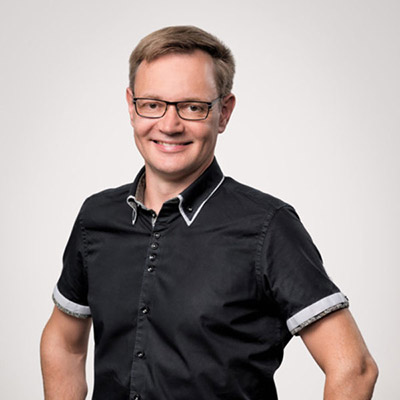Data scientists at DAIN Studios and cardiologists at Helsinki University Hospital (HUS) have developed a technique that could revolutionize diagnosis of a rare heart condition called cardiac sarcoidosis.

Jukka Lehtonen
Cardiologist
at Helsinki University Hospital
“The AI can see patterns in the images which the human eye cannot, this is of huge practical importance for medicine.”



